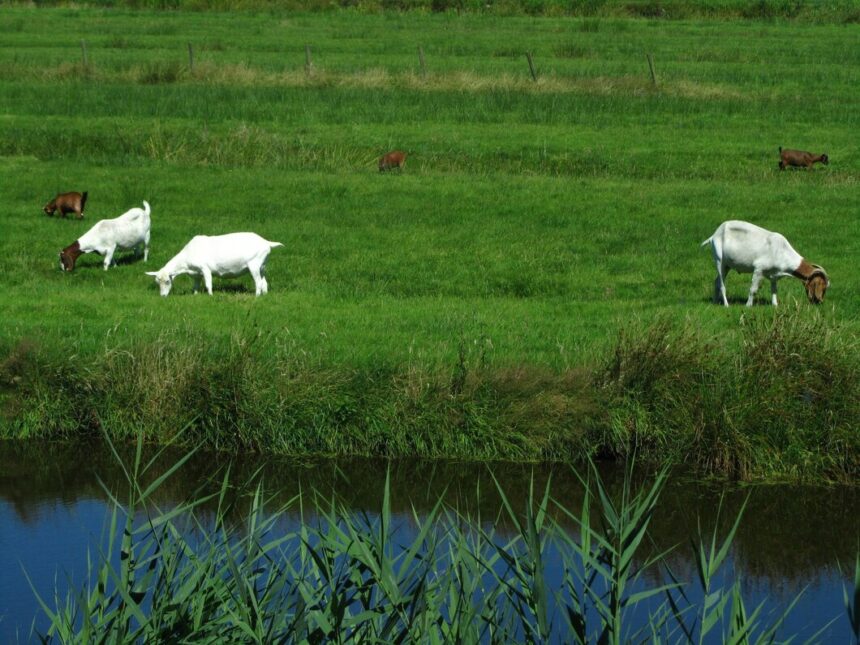South Africa’s agricultural landscape is diverse and rich, offering unique opportunities for farmers to enhance biodiversity while maintaining sustainable practices. Biodiversity on farms is crucial not only for ecological balance but also for improving soil health, pest management, and resilience to climate change. Here are ten techniques South African farmers can employ to increase farm biodiversity:
- Agroforestry Systems: Integrate trees and shrubs into agricultural landscapes. Agroforestry not only enhances biodiversity by providing habitats for birds and insects but also improves soil fertility and water retention.
- Cover Cropping: Plant cover crops during off-seasons to prevent soil erosion, fix nitrogen, and provide habitats for beneficial insects. Legumes like clover can improve soil structure and attract pollinators.
- Crop Rotation: Rotate crops to prevent the buildup of pests and diseases, improve soil health, and diversify habitats. Different crops attract different pests and beneficial organisms, enhancing overall biodiversity.
- Polyculture Farming: Planting a variety of crops together mimics natural ecosystems, providing diverse habitats for wildlife and promoting natural pest control without relying heavily on chemicals.
- Natural Hedgerows and Field Margins: Plant native shrubs and wildflowers along field margins and boundaries to create habitats for pollinators, birds, and small mammals. This enhances biodiversity corridors across the farm.
- Integrated Pest Management (IPM): Implement IPM strategies that minimize pesticide use and encourage natural pest predators. This includes introducing beneficial insects or using trap crops to manage pests.
- Water Conservation Practices: Efficient water use not only conserves this vital resource but also supports biodiversity by maintaining wetlands, ponds, or riparian areas that provide habitats for aquatic life and migratory birds.
- Livestock Integration: Managed grazing and rotational grazing systems can improve soil health and biodiversity by mimicking natural grazing patterns. This approach can prevent overgrazing and promote grassland diversity.
- Conservation Tillage: Reduce soil disturbance through no-till or minimum tillage practices. This helps retain soil structure, increase organic matter, and support soil microbes crucial for nutrient cycling and plant health.
- Wildlife Habitat Restoration: Set aside areas for wildlife habitat restoration, such as native grasslands or wetlands. These areas can support endemic species and contribute to overall farm biodiversity.
By adopting these techniques, South African farmers can not only enhance biodiversity on their farms but also promote sustainable agricultural practices that benefit the environment and local communities. Investing in biodiversity conservation on farms is essential for long-term agricultural resilience and the preservation of South Africa’s natural heritage.







